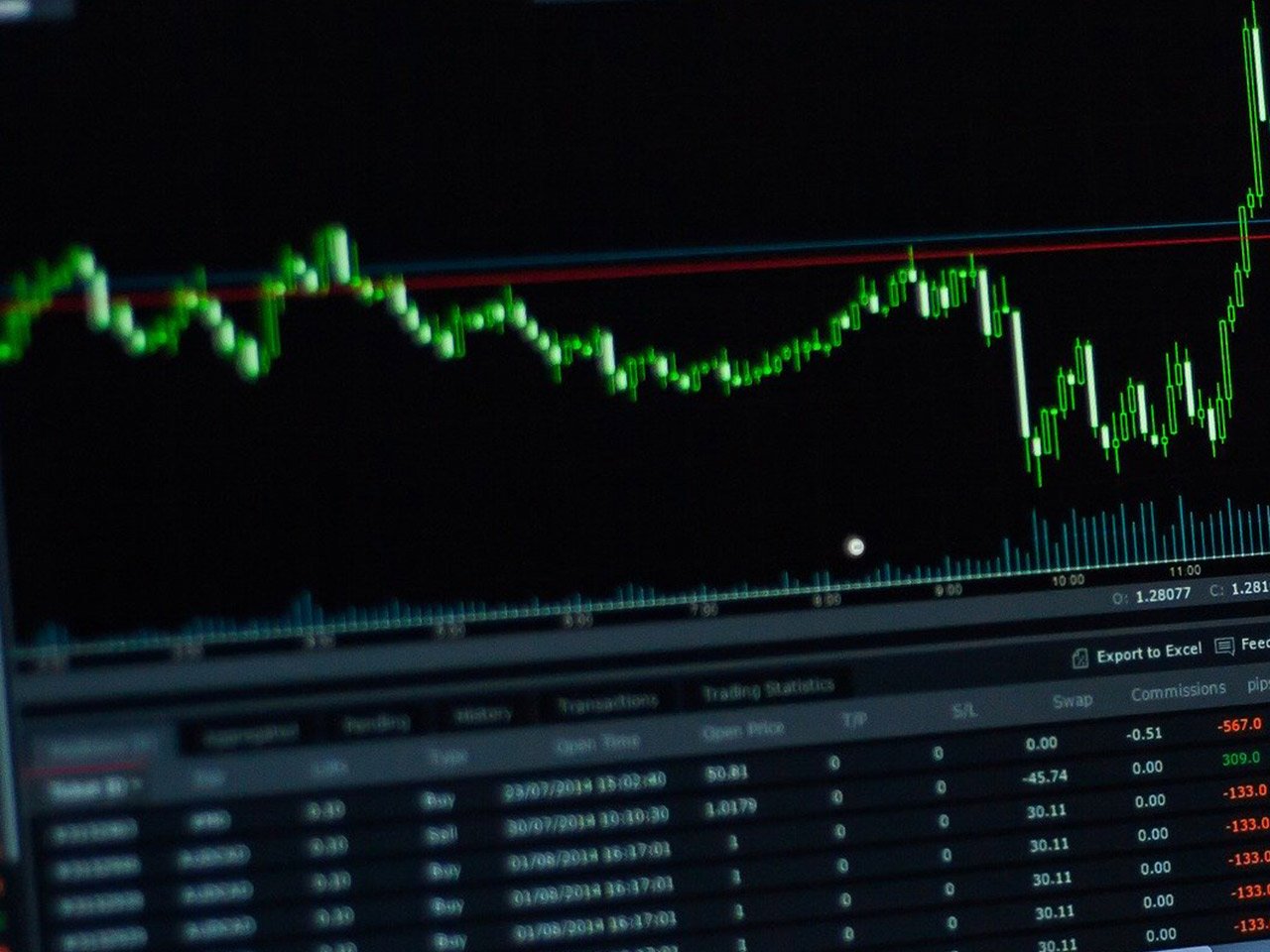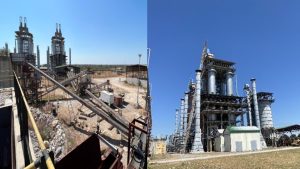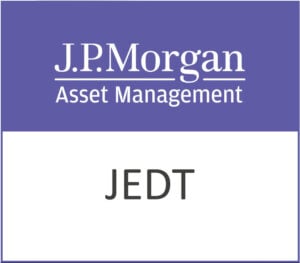BP plc (BP.L), a stalwart in the energy sector, stands as a beacon of stability amidst the volatility often associated with the oil and gas industry. With a market capitalisation of $65.5 billion, this London-headquartered giant continues to wield substantial influence both in the United Kingdom and globally. Despite a recent price change of a mere 0.01%, BP’s current share price of 423.45 GBp places it comfortably within its 52-week range of 331.70 to 468.75 GBp, suggesting a relatively stable price movement.
Investors may be intrigued by BP’s performance and valuation metrics. However, key indicators such as the P/E and PEG ratios, along with Price/Book and Price/Sales metrics, are notably absent, reflecting either a transitional phase or an indication of market unpredictability. The forward P/E ratio stands at a staggering 857.72, which might raise eyebrows among value-oriented investors, given that such a figure typically suggests expectations of significant future earnings growth or a potential overvaluation.
Despite these uncertainties, BP’s free cash flow is a robust $9.31 billion, underpinning the company’s capacity to sustain its operations and strategic investments. The return on equity (ROE) at 2.05% and a modest earnings per share (EPS) of 0.03 may not impress growth-centric investors but signal a focus on steady income rather than aggressive expansion.
BP’s dividend yield of 5.79% is particularly attractive for income-focused investors, although the payout ratio of 754.09% might be cause for concern regarding sustainability. This indicates that BP is distributing more in dividends than it earns in net income, a practice that, while rewarding in the short term, may not be sustainable in the long run without a substantial turnaround in earnings.
The technical indicators paint a mixed picture. BP’s share price aligns closely with its 50-day and 200-day moving averages, suggesting minimal short-term volatility. However, the RSI (Relative Strength Index) at 25.66 indicates that the stock is currently oversold, potentially offering a buying opportunity for those who believe in the company’s long-term resilience. Meanwhile, the MACD (Moving Average Convergence Divergence) at 6.74, against a signal line of 7.67, suggests a bearish sentiment, although the difference is slight.
Analyst sentiment towards BP is cautiously optimistic, with five buy ratings amidst thirteen holds and a single sell recommendation. The average target price of 435.70 GBp suggests a modest potential upside of 2.89%.
BP’s diversified operations, from traditional oil production to renewable energy ventures in solar, wind, and hydrogen, provide a balanced portfolio that could mitigate sector-specific risks. The company’s strategic focus on gas and low carbon energy aligns with global trends towards sustainability and carbon reduction.
For investors, BP represents a blend of reliable dividend income and exposure to energy sector dynamics. While its financial metrics reveal certain challenges, particularly in valuation and earnings sustainability, its strategic diversification and strong cash flow provide a buffer against market headwinds. As BP navigates the evolving energy landscape, it remains a compelling consideration for those seeking both income and long-term value appreciation.










































